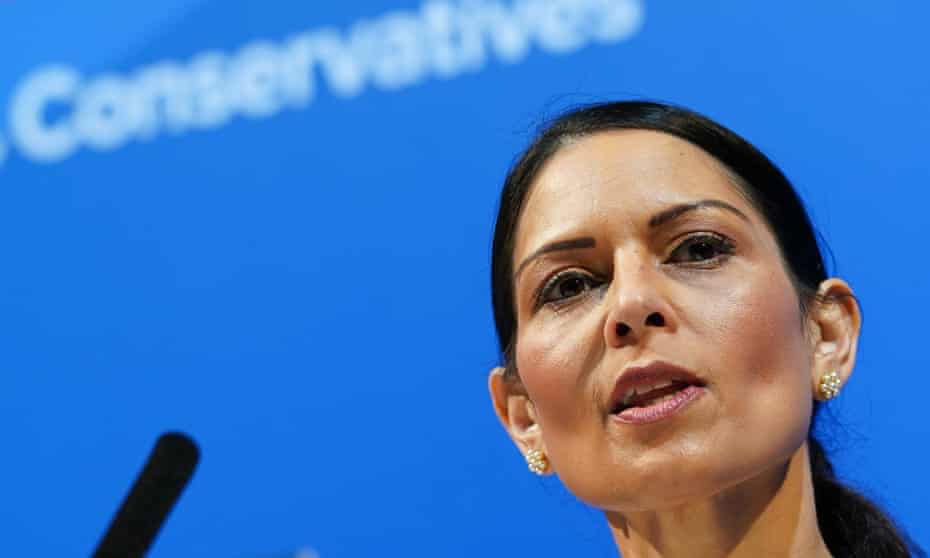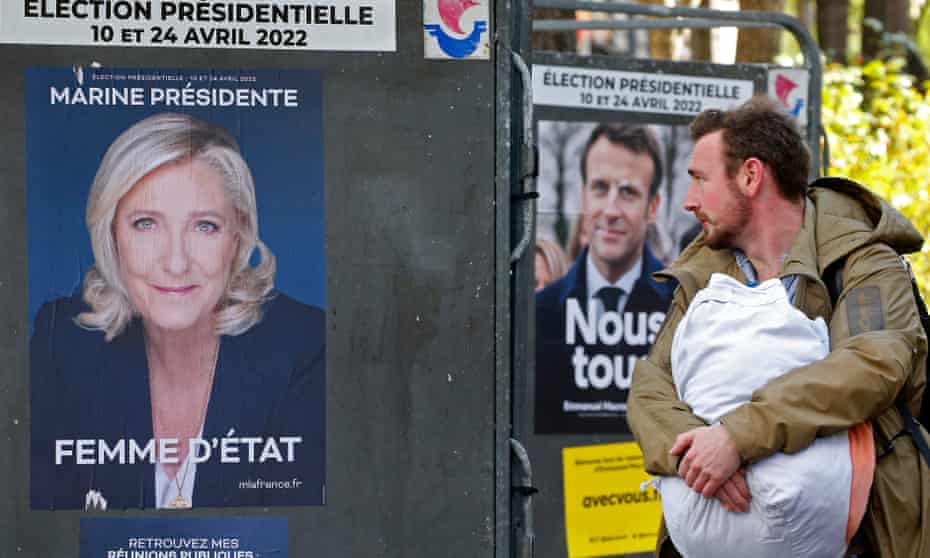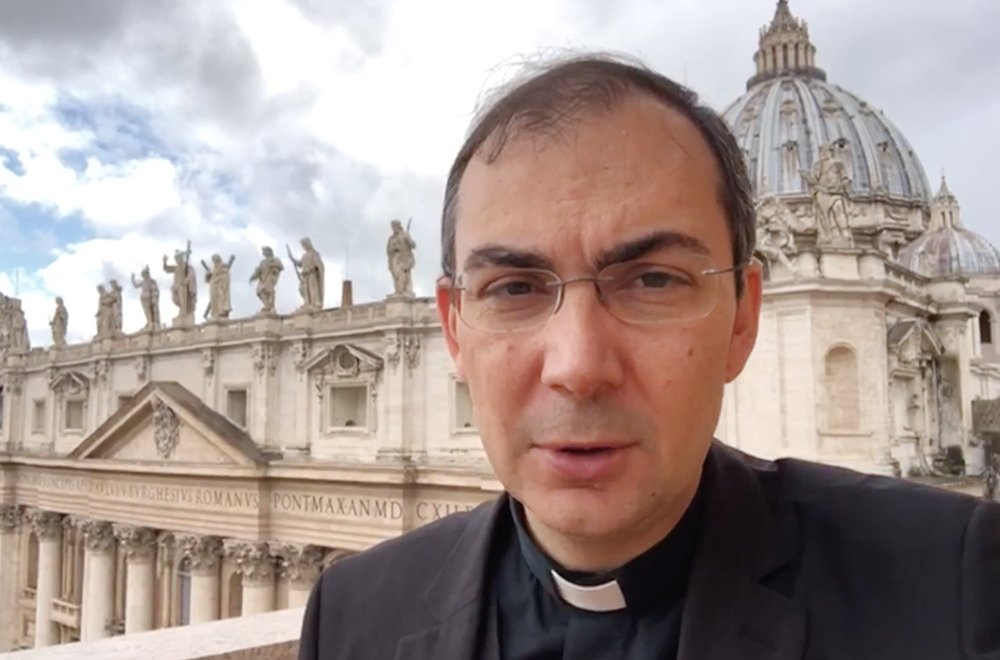A huge chunk of American taxpayers’ money has gone into the pockets of arms dealers over the past two decades
By XU YUENAI

The Russia-Ukraine conflict has continued for more than a month and caused inestimable casualties and economic losses as diplomatic efforts had little effect.
People always say “there are no winners in war.” But for the US military-industrial giants, war is a great opportunity to make huge profits and drive up their stock prices. Some people have noted that military conflicts or geopolitical tensions have become money-printing machines for the US arms dealers.
US military-industry companies apparently have a consensus that diplomatic efforts are unprofitable, but behind this lies the opportunity to make a profit.
According to US media reports, James Taiclet, chief executive of US military-industrial giant Lockheed Martin Corporation, said in January that the competition between major powers would lead to a strong growth in defense budgets and bring more business to the company. Gregory Hayes, chief executive of Raytheon Technologies, told investors that tensions in Eastern Europe had shown the company new business opportunities.
According to media reports, shares of major US military companies have surged significantly since the Russia-Ukraine conflict broke out. So far this year, Lockheed Martin’s shares have grown by about 25%, while Raytheon’s shares have gained 16.4% in the the same period. Shares of Northrop Grumman and General Dynamics also jumped.
Immediately after the outbreak of the Russia-Ukraine conflict, the US announced that it would provide military assistance totaling $350 million to Ukraine. President Joe Biden authorized $200 million worth of additional military equipment for Ukraine on March 12 and an additional $800 million on March 16. The new funds will come from a spending bill Biden signed into law on March 11 that includes $13.6 billion in new aid to Ukraine.
Since February, the Biden administration has authorized a total of $1.35 billion to support Ukraine, according to a report published by the US Congress.
At the same time, in the face of intensifying geopolitical tensions, Germany and other European countries have adjusted their defense policies, creating new “business opportunities” for the US military giants.
There is no doubt that the Russia-Ukraine conflict will prompt NATO member countries to boost defense spending. As the North Atlantic Treaty Organization uses a large number of US weapons, a significant portion of its members’ defense contracts will be won by US corporations.
Some observers note that in order to secure a steady stream of income from wars, the US military-industrial companies have put heavy efforts into lobbying the US government. One of their key means is to create various “threat theories.” And they are the originators of the “China threat theory.”
US military expenditures have grown significantly in the first two decades of this century, especially after the terrorist attacks of September 11, 2001, resulting in an increase in the global arms trade. Not many people have asked who profited from this. Did the 20-year “global war on terrorism” (GWOT) give people in Afghanistan, Iraq or the US any benefit?
Since the start of the war in Afghanistan in late 2001, Pentagon spending has totaled more than $14 trillion, with one-third to one-half of that going to military contractors, according to a paper published by the Watson Institute for International and Public Affairs at Brown University.
Five major US military suppliers, namely Lockheed Martin, Boeing, General Dynamics, Raytheon and Northrop Grumman, have won one-quarter to one-third of all Pentagon contracts in recent years. There is no doubt that arms companies are the biggest beneficiaries of rising US military expenditures in the post-9/11 era.
Focus on China
Apart from instigating wars and creating geopolitical tensions, creating various “opposing strategic forces” and competitors and “threat theories” are important means for the Pentagon and arms dealers to increase revenue. Because of this, China has been portrayed as the “top threat” to the US.
In its 2022 National Defense Strategy report, the Pentagon raised concerns about China’s military power and called “great-power competition” the biggest threat to the United States’ security and global influence.
But “threat” assessments that aim to boost US military expenses are not based on existing challenges, such as global terrorism, North Korea and Iran, but rather some overstated risks.
Nine of the 12 members of the US National Defense Strategy Commission have direct or indirect ties to the defense industry, according to a report published by the Project On Government Oversight (POGO), a Washington-based nonpartisan independent watchdog that investigates and exposes waste, corruption and abuse of power.
This has undoubtedly had a huge impact on the commission’s deliberations and conclusions.
The arms industry has ample tools at its disposal to influence decisions over Pentagon spending going forward.
The industry has spent $285 million in campaign contributions since 2001, with a special focus on presidential candidates, congressional leadership, and members of the armed services and appropriations committees in the House of Representatives and Senate – the people with the most power over how much the country will spend for military purposes – according to a report published last September by William Hartung, a director of the Arms and Security Project at the Center for International Policy (CIP), a Washington-based non-profit organization.
In addition, US weapons manufacturers have spent $2.5 billion on lobbying over the past two decades, employing, on average, more than 700 lobbyists per year over the past five years, more than one for every member of Congress, Hartung wrote in his article, citing a report published by Opensecrets.org, a Washington-based nonpartisan, independent and nonprofit organization.
To cite just one of scores of examples, the former head of the Joint Chiefs of Staff, General Joseph Dunford, who was a major booster of Lockheed Martin’s troubled F-35 combat aircraft, joined the company’s board just four months after leaving the military.
These kinds of interactions raise serious questions about whether special interests or the national interest have the greater sway in determining US defense policies and procurement choices, Hartung wrote, citing a POGO report.
The revolving door swings both ways. For example, four of the past five US secretaries of defense came from one of the top five arms contractors.
Under Donald Trump’s administration, James Mattis (board member at General Dynamics), Patrick Shanahan (executive at Boeing), and Mark Esper (head of government relations at Raytheon) were appointed defense secretaries, while Biden’s current defense secretary Lloyd Austin was a board member of Raytheon Technologies, according to Hartung’s article.
Arms dealers also exert great influence by funding prominent think-tanks that strongly advocate for higher Pentagon budgets but never disclose the pecuniary interests behind them.
At least $1 billion in US government and defense-contractor funding went to the top 50 think-tanks in America between 2014 and 2019, Ben Freeman, director of the Foreign Influence Transparency Initiative at the CIP, wrote in a report in October 2020, citing the University of Pennsylvania’s Global Go To Think Tank Index report.
The top recipients of this funding were the RAND Corporation, the Center for a New American Security and the New America Foundation.
All these are only the tip of the iceberg. Frankly, the “China threat” is just another excuse for the Pentagon and arms dealers to get more money, otherwise it would be difficult to justify their claims. Without a “threat,” who would pay the arms dealers?
XU YUENAI
Xu Yuenai is a Beijing-based columnist specializing in international relations. More by Xu Yuenai






.jpg)




